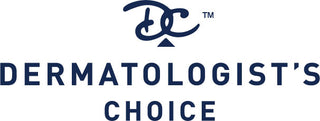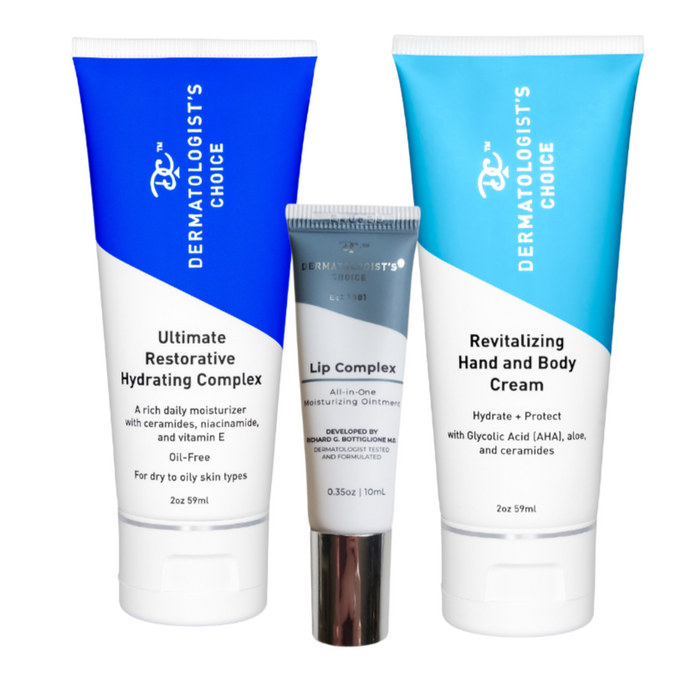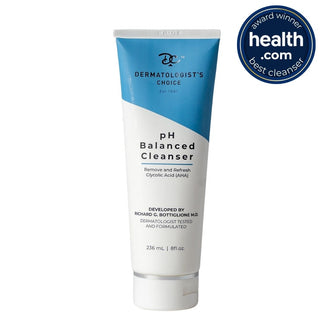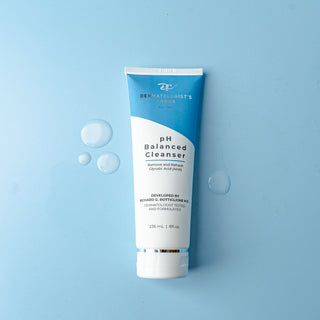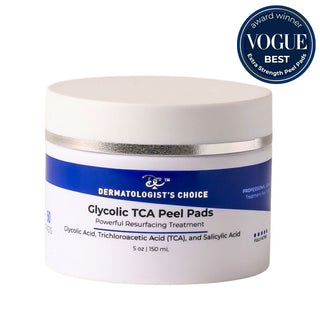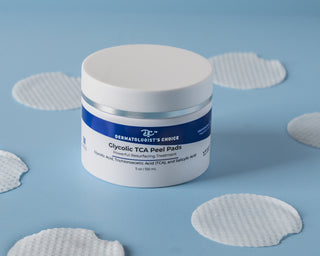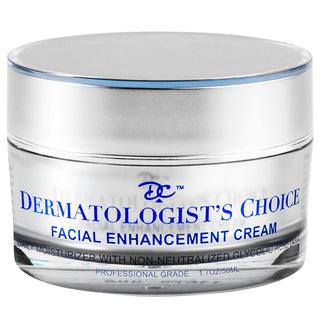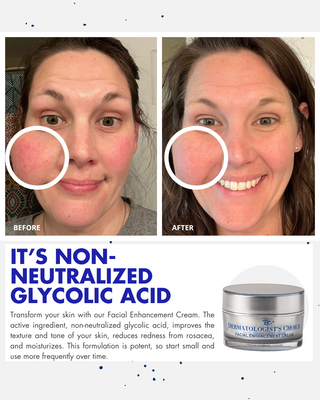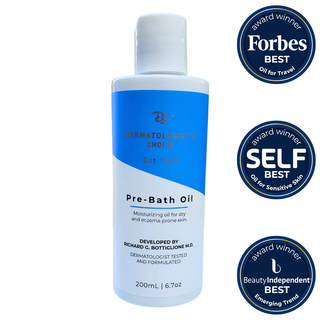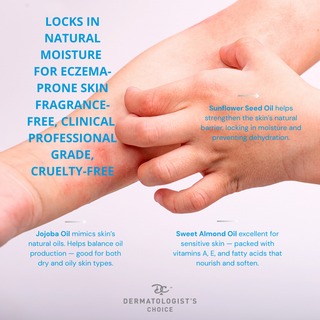Decoding Small Skin-Colored Bumps Post-Glycolic Acid Peel: Unmasking the Lesser-Known Culprits
Glycolic acid peels have gained tremendous popularity for their ability to enhance skin texture, combat acne, and promote a radiant complexion. However, some individuals may notice the emergence of small skin-colored bumps after undergoing this exfoliating treatment. These bumps, distinct from acne lesions, can leave individuals perplexed and eager to understand their origin. In this editorial, we delve into the depths of dermatological expertise to unravel the mystery behind these post-peel bumps.

The Nature of Small Skin-Colored Bumps: Small skin-colored bumps that appear following a glycolic acid peel often differ from typical acne breakouts. Dr. Bottiglione, a board-certified dermatologist, explains, "These bumps are usually slightly inflamed and not pus-filled, unlike traditional acne. Instead, they are more likely to resemble tiny, flesh-toned papules or pustules on the skin's surface."
Distinguishing Between Acne and Post-Peel Bumps
To differentiate between acne and post-peel bumps, dermatologists closely examine the morphology and timing of their appearance. Dr. Bottiglione, a dermatologist at Alliance Dermatology, suggests, "Acne is typically characterized by inflamed, red papules and pustules that often contain pus. In contrast, post-peel bumps tend to be smaller, slightly inflamed, and may not have a central whitehead."
The Role of Keratosis Pilaris
One common explanation for these skin-colored bumps is keratosis pilaris (KP), a condition caused by the buildup of keratin in the hair follicles. Dr. Johnson affirms, "Glycolic acid peels can exfoliate the top layers of the skin, which may temporarily expose underlying KP bumps that were not as noticeable before the peel." A study published in the Journal of the American Academy of Dermatology found that chemical peels, including glycolic acid, can aggravate KP symptoms in some individuals. This is typically not to be of any concern and in most cases a need to continue application of glycolic to clear out the clogged pore. Board-certified dermatologist Richard Bottiglione, MD, based in Phoenix, Arziona, recommends Dermatologist’s Choice Ultra Anti-Aging Cream to help smooth your bumpy skin. Just note: If the Ultra Anti-Aging Cream (or other creams/lotions) aren’t effective, “you may want to consult with your dermatologist about using a prescription like Retin-A or Accutane which may also help for those who have KP more severely.”
Hypersensitivity Reaction
Another possibility is that the small bumps may be a result of a hypersensitivity or allergic reaction to the glycolic acid peel itself. Dr. Bottiglione explains, "Some individuals may be more prone to developing an immune response to the peel, leading to the formation of small bumps." Usually this hypersensitivity reaction disappears in 1-3 days. Moisturizing the area usually helps to clear it quickly. Resume using the product after the bumps have cleared. This is usually not a concerning reaction.
Delayed Follicular Hyperkeratosis
Dr. Bottiglione highlights a less common but noteworthy cause: delayed follicular hyperkeratosis. "This condition occurs when the follicles become blocked and develop a rough texture due to excess keratin production," he states. While glycolic acid peels generally help exfoliate the skin, in some cases, they may exacerbate follicular hyperkeratosis, leading to the appearance of small, skin-colored bumps.

Management and Prevention
To manage and prevent the occurrence of these post-peel bumps, dermatologists recommend the following:
-
Gradual approach: Gradually introduce glycolic acid peels into your skincare routine, starting with lower concentrations and shorter durations. This approach allows your skin to acclimate to the treatment and reduces the risk of adverse reactions.
-
Post-peel care: Following a glycolic acid peel, it is crucial to maintain a gentle skincare routine that includes moisturizing and sun protection. This helps to soothe and protect the skin, minimizing the likelihood of adverse reactions.
- Proper consultation: If any adverse reaction persists for an extended amount of time then consult with your dermatologist.
While glycolic acid peels are known for their exceptional exfoliating and rejuvenating properties, the emergence of small, skin-colored bumps post-treatment can be perplexing. By understanding the potential causes, and adopting appropriate skincare measures, individuals can effectively manage and prevent these bumps, ensuring a smooth and radiant complexion.
If you're experiencing these bumps on your skin. We recommend our Dermatologist's Choice Hydrating Complex moisturizer.
